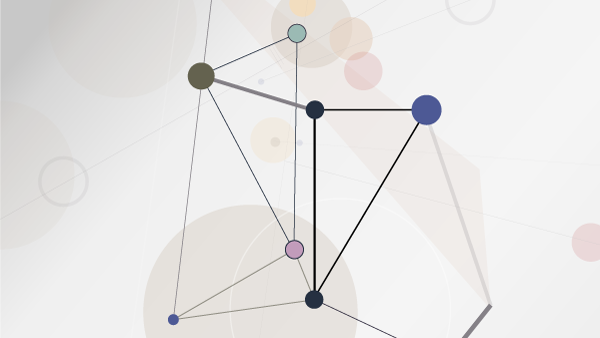

 Открытое образование
Открытое образование
Discrete Math and Analyzing Social Graphs
- Начальный уровень
- Наставник: Нет
- Сертификат: Есть
- Формат: Online
- Рассрочка: Нет
- Язык: Русский
- Осталось мест: не ограничено
Discrete Math and Analyzing Social Graphs
Организатор курса: НИУ ВШЭ
The main goal of this online course is to introduce topics in Discrete Mathematics relevant to Data Analysis.
 факультет
факультет 


